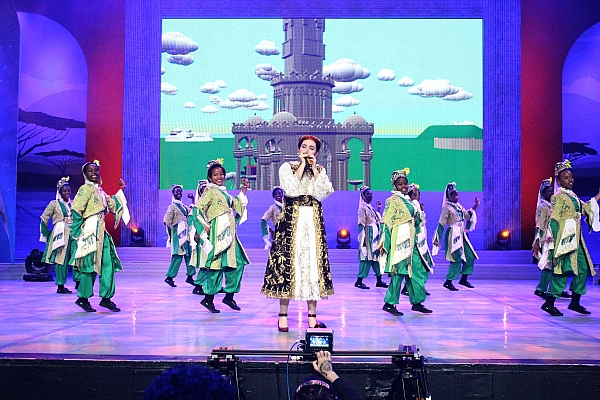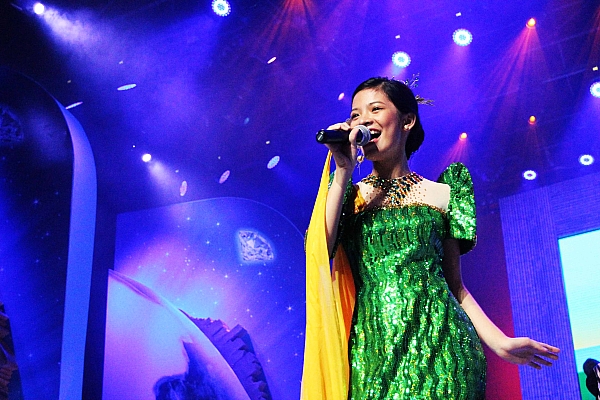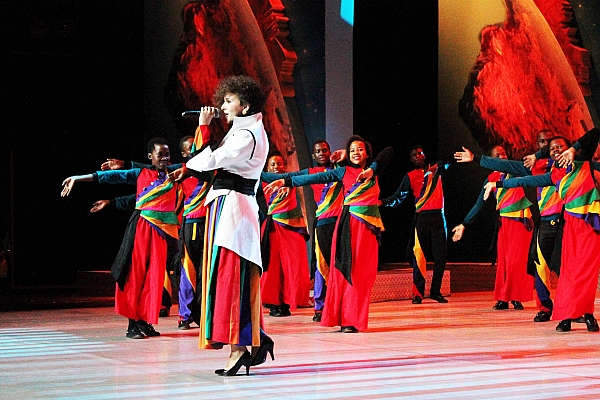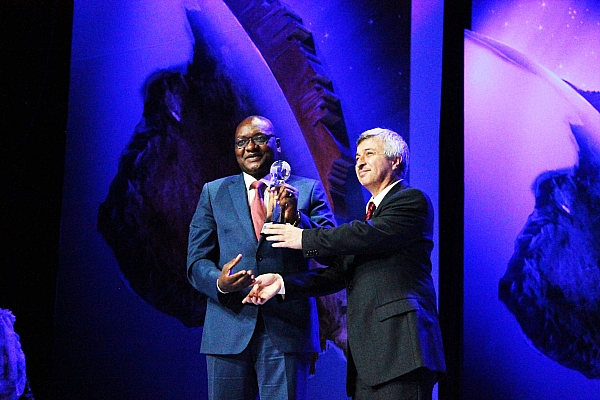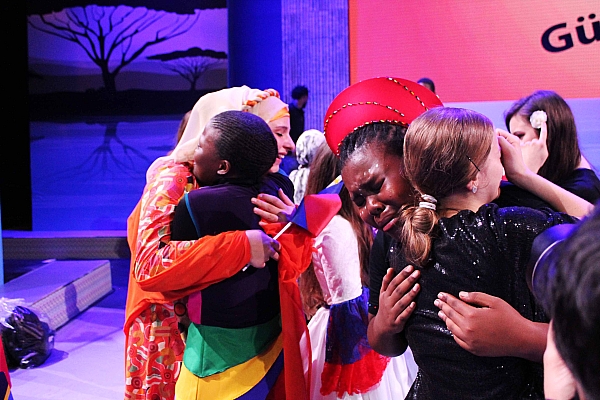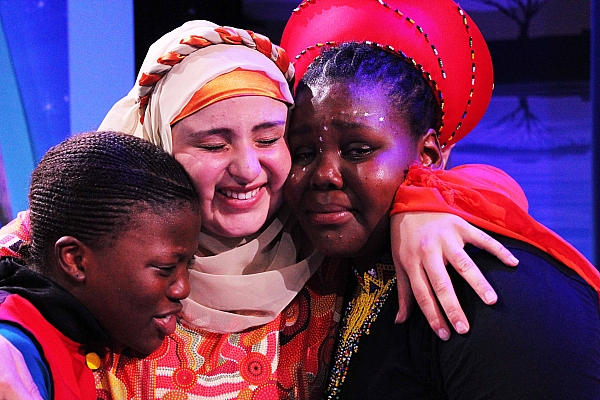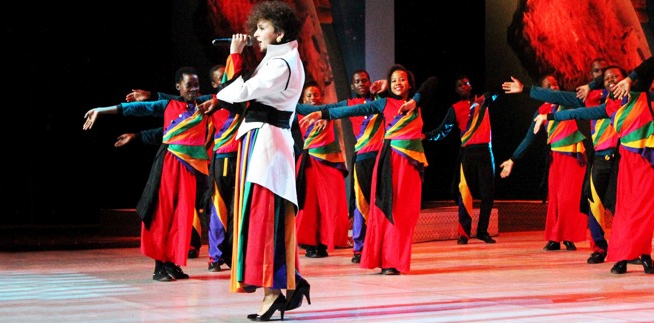
An international youth festival is a place to observe the potential of the future and what appeals to the new generations. International youth festivals around the world focus on arts, peace, film, music, prayer, and public speaking. For instance, the Global Youth Festival held in India is inspired to carry on the message of Mahatma Gandhi. The International Youth Arts Festival held in the United Kingdom aims to discover new talents, and potentially new methods and genres, in art. Some festivals focus on ideologies, such as a left-wing festival that has been organized since 1947, the World Festival of Youth and Students.
Many religious communities organize prayer festivals, such as Medjugorje in Croatia, which has an annual International Youth Prayer Festival. The United Nations collaborates with national organizations for festivals such as the Youth Festival on Adolescence Education in India. The festival Dr. Michael Anthony Samuel, a professor of education, discusses in the most recent issue of The Fountain is a different one: the 13th International Festival of Languages and Culture that was held in more than 20 countries this year. In Brussels, Charles Michel - the prime minister, and also the chair of the European Council - watched the festival from the beginning to the end, commenting, "On behalf of my government, I want to welcome you and thank you. I thank the families, the students, and the teachers for this wonderful festival."
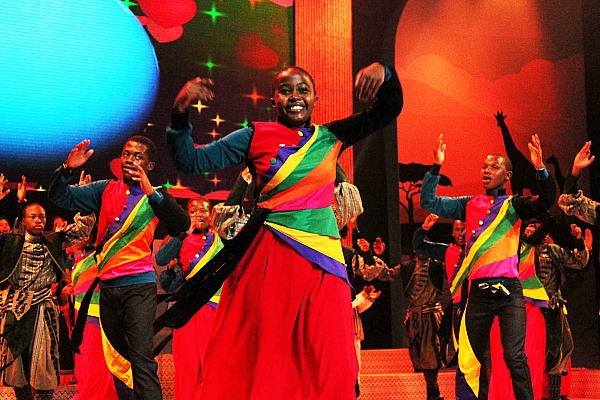 |
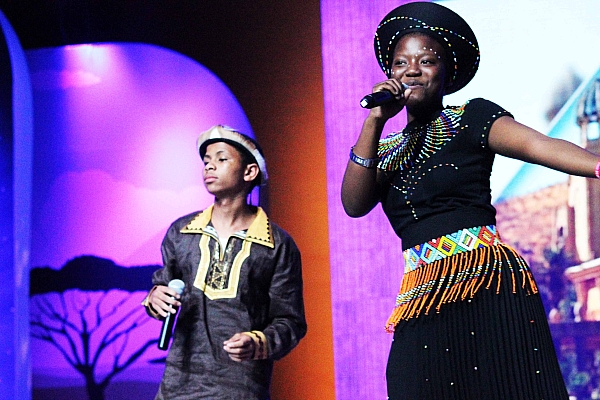 |
Nelson Mandela Theatre, in Braaamfontein, Johannesburg, was where the festival in South Africa was staged. Dr. Samuel shared his impressions on the performances of students from 140 countries with The Fountain. He regrets that the auditorium in South Africa could hold only a thousand people, and not more. He was disappointed because the real diamonds of the African stage, the youth educated in schools run by the Hizmet Movement all over the world, deserved the best. After all, they carried the world onto one stage in the best way: not by setting any one of their cultures as above any of the others, but by combining the traditional and modern in the shows and the costumes of the student performers, as well as their music styles and dances.
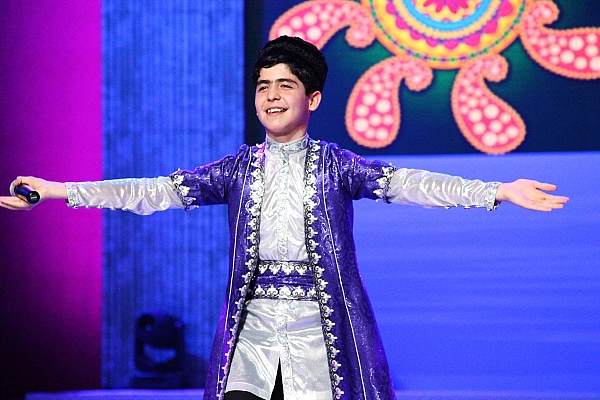 |
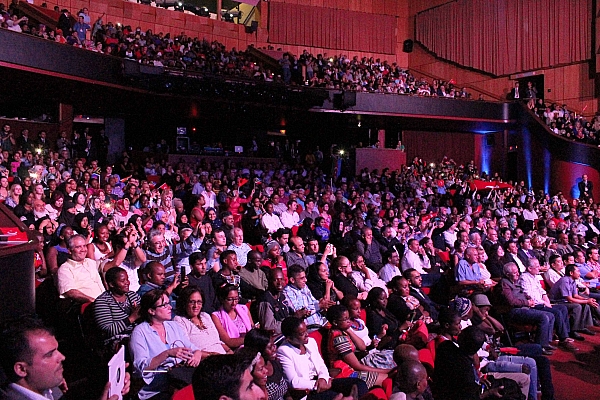 |
The participating students were not only from Europe and Africa, but came even from countries at the other end of the world, like the Philippines and Australia. Dr. Samuel writes that for South Africans, the concept of culture is burdened with a history of colonization and the struggle for emancipation. However, he observes, the festival highlighted the content and diversity rather than the boundaries set between cultures. Thus, he concludes, these children are being educated to be the real diamonds of the world.
Dr. Samuel enumerates colorful varieties of the highlights of the festival. He discusses what this festival means in terms of how people in South Africa used to understand the interaction of different cultures. Here I leave you with the article to learn more on a world that fits onto one stage: French, Dutch, Australian, African, Turkish, and many other students’ performances...





